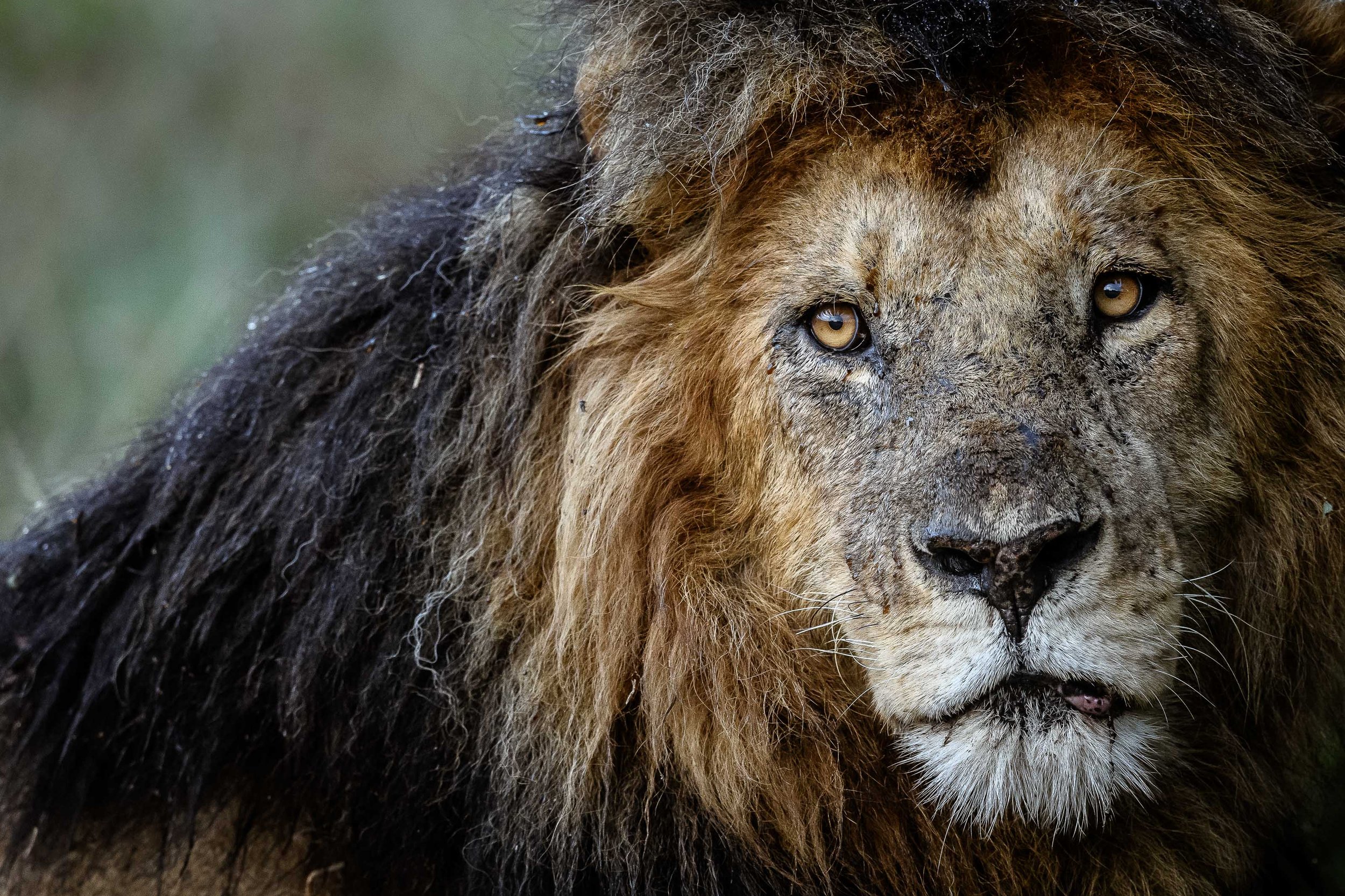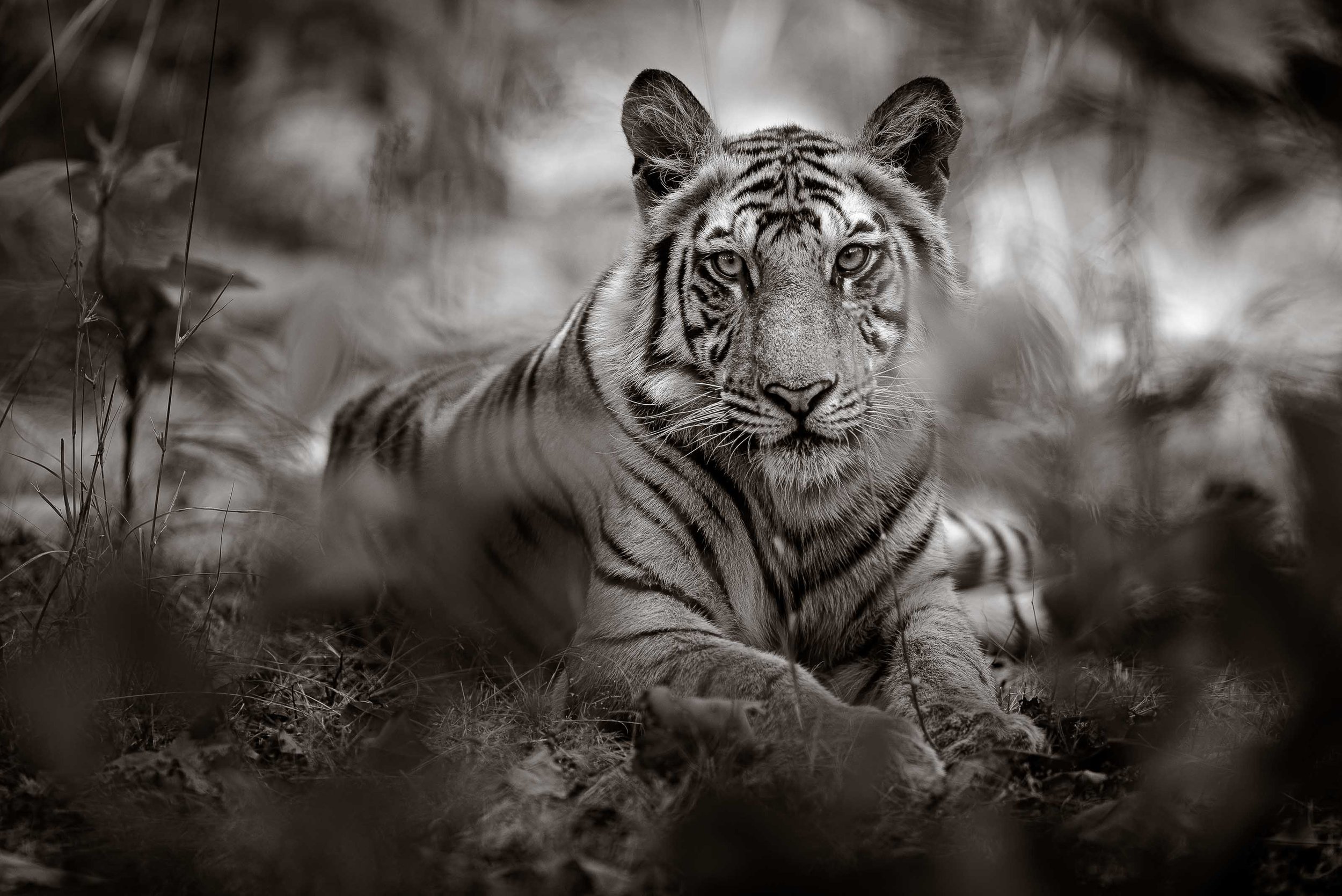What Makes The Ultimate Wildlife Portrait?
Of all the animal portraits I have captured, I find the most satisfying ones are those that people ask questions about. Not in so much of the pictures themselves, but of the subjects in them.
When they want to know more about the animals I’ve photographed, I know I’ve created a great portrait.
The ultimate wildlife portrait: A definition
In my view, the ultimate animal photography portrait is both:
1) An aesthetically pleasing illustrative record of the subject
2) A picture that makes you ask questions about the subject
If the viewer of a wildlife portrait is drawn in enough to want to know more and asks to know more about the animal, then it is a great portrait.
Curiosity and intrigue are the best possible responses to a portrait, and I believe that it should be the highest accolade for any wildlife photographer.
Animal Portrait Photography
Picture vs portrait: What’s the difference?
Satisfying to any photographer is any aesthetically perfect picture of anything before the camera, be that of an elephant, lion, bear, fox, blackbird, beetle, or anything else you care to name. As perfect as it may undoubtedly be for all its aesthetics, this aspect of photography really is only the first step.
A well-taken nature photography portrait, however, with all its ideals in place, just wants to make you want to know more about the subject. Just by looking, and with no other cues, you find yourself asking “What is she thinking?”, or “Where has he been?” “What kind of life has he led?”
If you find the subject intriguing, like this, then – in my opinion – this is when the animal portrait succeeds. So long as something of the subject’s character is conveyed, or when there is enough intrigue for people to ask questions about it, then a photograph can be considered a portrait.
Nature Photography Portraits
An animal I’ve yet to photograph…
I have yet to photograph a bear in the wild, so if one were to appear before me now, I doubt that I would know enough about it to anticipate a good portrait. Well, I might not be able to anticipate its next move anyway.
I’d therefore have less chance of seizing an optimum bear portrait compared with someone who has photographed one before. That’s because I don’t know what they’re going to do, and I also don’t know anything about their character firsthand.
But I’d like to think I’ve seen enough big cats – lions, leopards and cheetahs - now to recognise their behaviour, and that I can spot clues that might indicate to me what it’s going to do next.
Related: Join me on an African Big Cats Photo Safari
Photographing big cats on safari
Knowing big cats, as I do, I can therefore prepare and be ready with my camera for when it might provide me with any particular look. For example, when I see three yawns, I know he’s about to walk.
Sometimes there’s even a little clue in there which tells me he might be about to look right at me.
Related: Six Kings: A celebration of the greatest African Lions of the Masaai Mara
The Key to Successful Animal Photography Portraits: Knowing the animals
When I began photographing lions, it wasn’t until my third safari experience that the results I was seeking started to be realised.
This is why I always say to my guests on one of my photo safaris, that it’s during the second, third, and maybe fourth times with the same wildlife subjects when you’ll find that your animal photography portraits improve the most.
You come to recognise the animal’s cues and can better anticipate what they are about to do.
Why a photography specialism is important
Just as wedding or portrait photographers do, knowing and meeting the subject beforehand is to their great advantage. Reading and research help only a little. You need to be there with your subjects.
This is why so many photographers consistently return the great results that their clients desire. They’ve specialised. You’ll find the most successful animal photography portraits are from those photographers who’ve specialised.
The ultimate wildlife portrait: A definition
If an image appeals compositionally, tonally and aesthetically, but there is little curiosity from the viewer about the subject, then it succeeds as a picture.
But if the subject itself appeals predominantly over the picture, where it sparks intrigue and asks questions of the viewer, then it becomes a successful animal portrait.
To me, that’s what defines and separates a successful wildlife portrait from a successful wildlife picture. Both are good in their own right. But ultimately, they are better amalgamated as one.
What do you think? Do you have a different definition of what makes the ultimate wildlife portrait?
David





